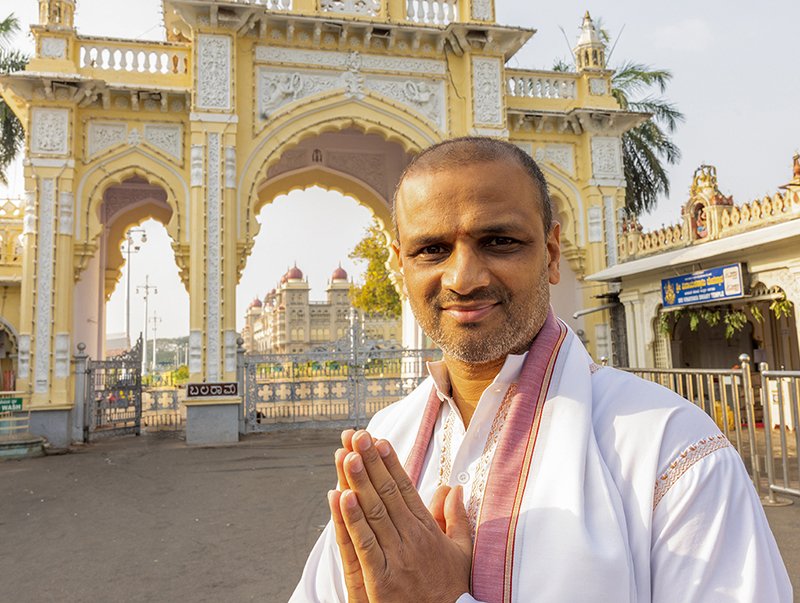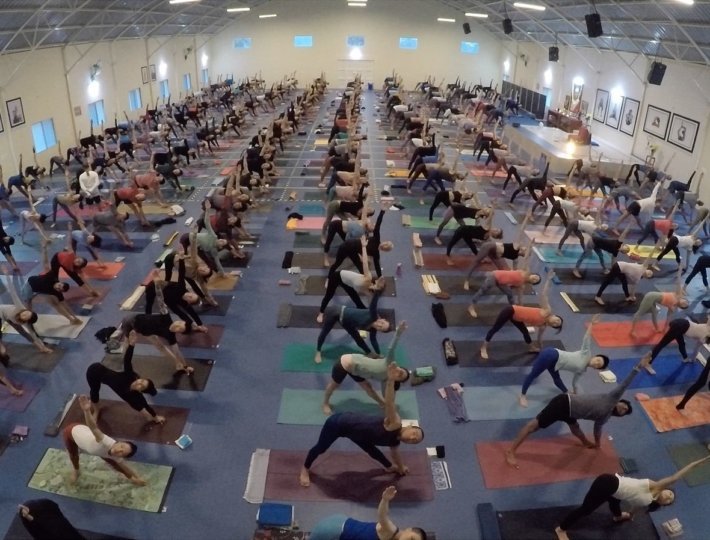As a child, before I ever scaled a cliff, I often dreamt about rock climbing. Holding onto a vertical rock face, I would slowly, and methodically, make my way toward an ever-receding peak. Every move suspended me between overwhelming fear and a profound calm. Sometimes there was music—a gentle melody looping around my mind—and, other times, only agonizing silence. I vividly recall the exposure and the solitude. Sometimes, those dreams would feel like storybook magic, where my limbs moved effortlessly through nature. Other times, they were nightmares where I’d slip and fall.
I started climbing in the early 90’s in Tucson, Arizona, where it was largely a male-dominated sport, and traditional climbing (trad climbing) was considered the “only” climbing style. Sport climbing was relatively new and viewed with bewilderment or outright suspicion. The “scene” was essentially an underground activity practiced by those living on society’s fringes. Driving an hour, or so, out of town and hiking to granite crags in the middle of nowhere to spend hours hanging off the side of a cliff with virtual strangers never felt particularly comfortable. After a couple years, I gave it up, although I still yearned for a physical activity that also captivated and challenged my mind. I eventually found this in Ashtanga.
Related: 16 Incredible Stories of Healing Through Yoga
For 10 years, I focused solely on yoga. Then in 2008, I was sexually assaulted. It happened in an empty house in an unknown city. As my feet and shins dangled off the side of the bed, I could smell the ocean nearby and hear the sound of a dog that I had never met, pacing back and forth upstairs. I visualized it in intense detail: An energetic puppy, fifteen pounds, fluffy with blonde curly hair. It was the depiction of unconditional love where my mind and heart felt safe. For months afterwards, I barely slept while flashbacks and blackouts left me feeling hollow and pitted. The doctors diagnosed me with PTSD.
Yoga and meditation are often prescribed to help manage trauma, but after months of daily practice, my symptoms worsened. That combined with sleep deprivation led to continuous thoughts of suicide. My survival instinct to return to climbing may have saved my life. It felt deep and primal, conjuring ancient memories from my childhood.
Fortunately, while I was teaching yoga in Hong Kong, I met a yogi/climber. He had written guidebooks for climbing in the area and reintroduced me to the sport. My favorite area was a 40-minute ferry ride from the city that would take us to a remote island called Tung Lung. I felt immediate relief leaving the claustrophobic, concrete jungle behind and even more invigorated by climbing while waves crashed below me. Being in nature was medicinal and the action of pulling my body up a sheer rock face using only my hands and feet made me feel like I was awakening out of obscurity. Having worked with yoga and meditation for years, I began to recognize climbing as a tool to reconstruct my relationship with my own trauma.
We are taught that yoga can lead one to experience the four internal limbs of Patanjali’s Yoga Sutras (pratyahara’s regulation of the breath, dharana’s concentration, dhyana’s meditation, and samadhi’s complete absorption), which intersect and overlap with one another in a harmonic, non-linear process. I’ve experienced the same while climbing.
Before we begin a climb, my partner and I always need to be focused and prepared. We must confirm that the rope is tied correctly, harnesses fastened securely, and the protection device in its appropriate position. As I start the ascent, my senses begin to sharpen. I smell the local wildflowers. Sometimes, it awakens my allergies, irritating my nose. As I crawl higher, the voices of climbers at the base diminish. Occasionally, I can hear the wings of birds flapping by or the scuffle of insects on the rock. My vision becomes more acute. Each hold becomes a study of texture and minerality—granite, sandstone, or limestone—that instructs me how to position my body for balance and ease. I learn to read rocks with my fingers like the blind read braille. The senses dissolve into a moving meditation, and then I’m completely absorbed. Just as easily I am jolted back. The sound of a cry, or someone laughing. The mere suggestion that my partner’s focus might be away from the rope shocks me into a different state of consciousness.
Climbing has taught me the potential of fear as a vehicle for transformation. It can either paralyze and cripple my confidence or thrusts me into a deeper commitment to try again. It’s this fear of falling or losing control that holds the greatest distinction between yoga and climbing. A yoga practitioner can complete an entire practice with a wandering mind. A climber, by contrast, must maintain a one-pointed state of concentration (dharana) in order to reach the summit without falling. The tension between managing fear and adrenaline, maintaining steady movement and breath while moving safely around the rope requires complete and uninterrupted focus and attention, which are essential to access the internal limbs.
To say there’s more at stake while climbing would be a dangerous understatement as a distracted mind can lead to serious injury or even death. I’ve been called an adrenaline junkie, a thrill seeker, even fearless, but nothing could be further from the truth. I climb because I am fearful. Climbing trips are rarely holidays, but instead battlegrounds in which I can face my fears and overcome adversities.
I’ll be able to practice yoga throughout my life, but it’s unclear how many years of climbing are ahead of me. My fingers, once long, slender objects of admiration, are now calloused and scarred. My knuckles have become big and bulgy—evidence of battles fought to regain my sense of self. Regardless, I am grateful for how far I’ve come.
Both yoga and climbing have empowered me to trust myself, my mind, my body, and, eventually, others. Although my relationship to both activities has changed over the years, the work remains the same: To maintain and extend concentrated states of awareness, where no pain, sound, emotion or disturbance can interfere. When both are approached humbly and with respect, they can show us the subtle functioning of our mind and afflictions, providing a never-ending examination into the self.









Comments (0)